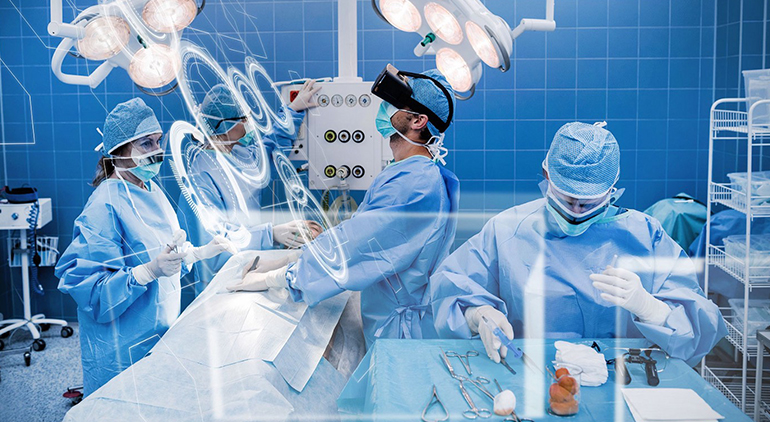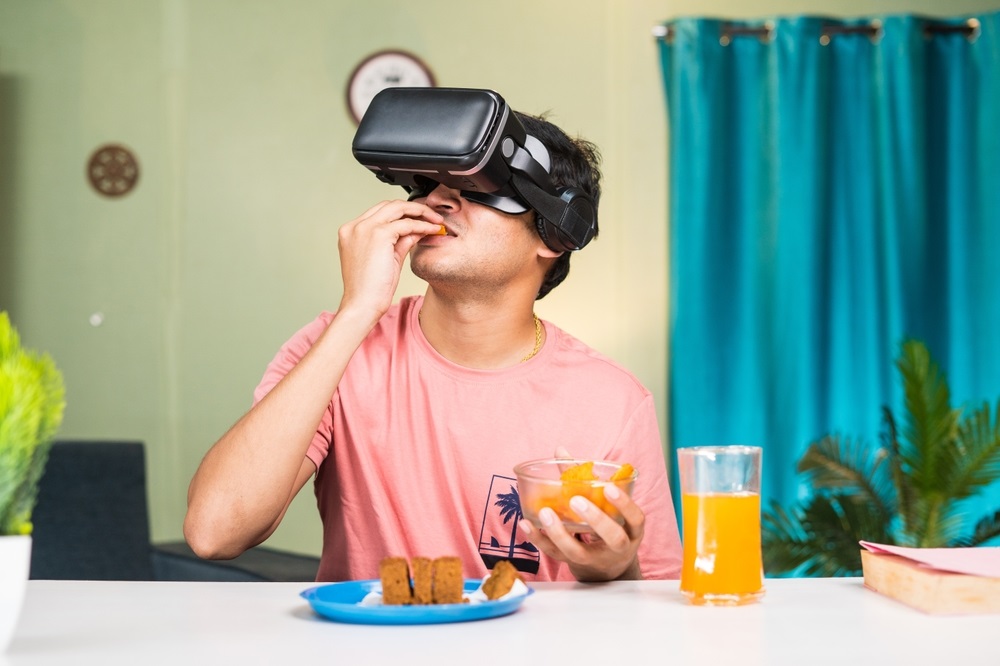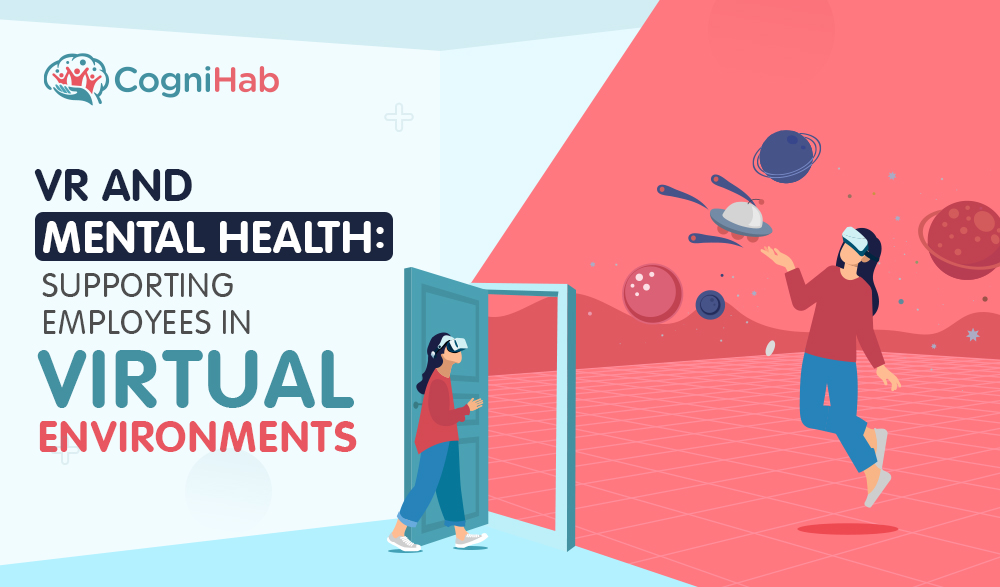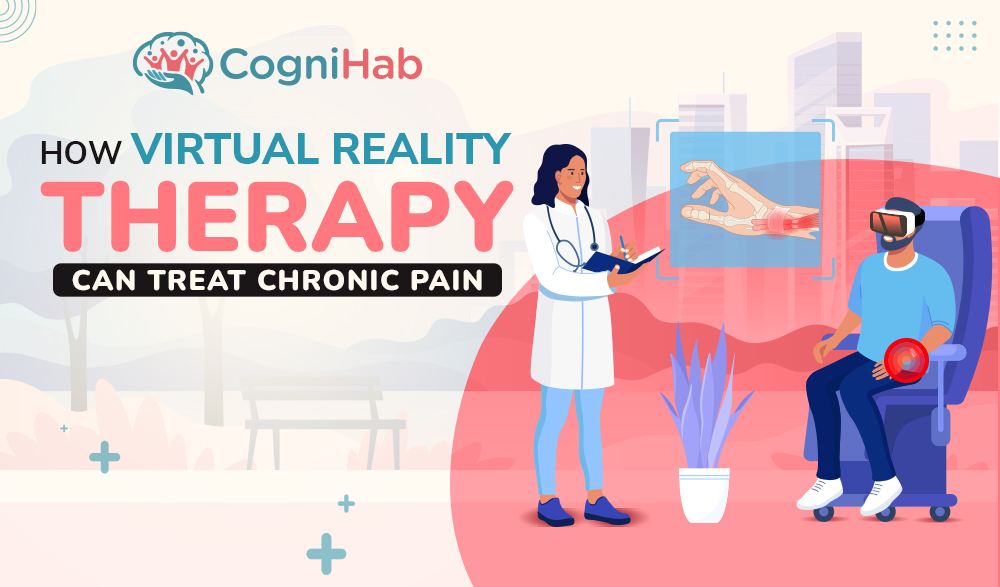How AR/VR Technology Could Change the Future of Surgery
Technology is transforming every aspect of human lives and healthcare is no exception. The ongoing crisis has shown the need for reimagining education. The right utilization of technology can improve the functioning of healthcare organizations, by operating efficiently and delivering enhanced patient care.
Digital inventions such as virtual and augmented reality, are rapidly changing our way of life, ushering a process of significant improvement in our daily lives, and well-being. Next-generation technologies like augmented and virtual reality hold the potential to change the future of surgery.
Augmented and Virtual Reality in Surgery
Medication education and training have been using virtual and augmented reality-based simulation technologies for a very long time. Products combining 360-degree video and 3-D interactive content are being developed by major VR and AR-based companies, to provide premium quality learning programmes for physicians and students.
This technology allows the students to get first-hand experience in practising critical life-saving surgeries or procedures in a risk-free environment. This helps in enhancing their skills by getting proper feedback during the process. Cognihab has expanded its services and emerged as one of the leading companies pioneering the utilisation of virtual reality to design high-quality medical equipment and training.
3D Visualization For Surgery
Pre-operative planning is the most important step in predicting and preventing complications during a surgery. The conventional method to plan a surgery, by using hard-copies of X-ray images and printed templates for implants can lead to many misunderstandings in measurements and planning of more complex surgeries.
On the contrary, 3D visualization for surgery by adjusting several variables on 3D visualization systems can optimize lateral resolution, depth of field and illumination to maximize visualization for surgeons during procedures. 3D visualization allows a stereoscopic vision, providing more information for the surgeon. This microscopic vision eventually allows a more precise choice by turning the visualization of anatomical structures easier during surgeries for the experts.
Virtual Reality Surgery
Virtual reality has a multitude of applications, capable of benefiting both the caregivers and the consumers in the health and healthcare sector. Hence, virtual reality is being used extensively to train and support healthcare experts, to heal patients in order to ensure a speedy recovery and change millions of lives with this technological advancement.
Healthcare industry has evolved as one of the biggest adopters of virtual reality, which includes benefits such as phobia treatment, skill training, robotic surgery, surgery simulation, pain management etc.
To be precise, virtual reality incorporates the use of computer technology to orchestrate a simulated environment, where users get involved and stay immersed in a virtual environment.
Virtual reality is gradually achieving the pinnacle in the medical industry, especially in surgery. Surgeons are utilising tools, such as virtual reality headsets to recreate real surgical procedures, that boost preparedness and efficiency in the operating room.
Virtual Reality Surgery Training
Virtual reality aids hospitals to save time and money. Surgeons are immensely benefited by the ability to study 3D scans before an operation. It helps them to prepare for each case distinctively by incorporating proactive, time-saving procedures.
Cognihab designs virtual reality solutions for surgical planning, training and education. The company’s VR based next-gen technology enables surgeons to understand and comprehend surgical tactics by generating 3D replicas from patient scans.
Augmented Reality-Assisted Surgery
Augmented reality is, at present, one of the most promising digital health technologies. Augmented reality technology facilitates computer-generated data, information, or imagery to overlay physical objects precisely in real-time.
The information rendered by augmented reality assists, people to perform tasks in the real world by enhancing the perception of the users. The introduction of augmented reality has led to a significant transformation in the way traditional healthcare education was perceived. From educating students to preparing certain procedures, AR is upgrading every feature.
The integration of digital strategies such as augmented reality and mixed reality has a wide range of application, in the field of medical education, training, surgical planning, with the ability to guide complex medical procedures. Augmented reality, through its display-based system, combines real and virtual images.
These virtual imageries augment the real-world experience, by making the display interactive in real-time. This manipulates the users and gives them an illusion of reality by making them fully immersed into the carefully constructed artificiality of the simulated environments. However, unlike virtual reality, where an individual stays completely immersed in the virtual world, augmented reality is orchestrated by the amalgamation of physical and virtual environments.
Augmented reality’s benefits for the healthcare sector are manifold. This is primarily because augmented reality works on components such as sensors, displays, embedded electronic devices.
The introduction of augmented reality has led to a significant transformation in the way traditional healthcare education was perceived. From educating students to preparing certain procedures, AR is upgrading every feature. The integration of digital strategies such as augmented reality and mixed reality, has a wide range of application in the field of medical education, training, surgical planning with the ability to guide complex medical procedures
Read on to know more how augmented reality is helping in medical education and training.
● AR Can Assist Surgeons
During the time of critical and complex surgeries, precisions are of prime importance. In this scenario, augmented reality has the potential to help surgeons become more efficient, while performing complex surgery. Be it a minimum invasive procedure or operating a brain tumour, augmented reality can be live-saving and can treat patients seamlessly.● Better Understanding Of Human Anatomy
Augmented reality, by combining real and virtual images, can help the aspiring healthcare experts to understand the human anatomy in a more precise and spectacular way. It enables the students to visualise and perceive every muscle, veins present in the human body, in front of their eyes in a three-dimensional vision. In this way, augmented reality can revolutionise medical education.This revolutionary technology of VR and AR has been utilised by Cognihab to help patients rise beyond their limitations. Cognihab is benefitting both the doctors and the patients in leading institutes such as AIIMS, Indian Spinal Injury Centre, National Institute of Ayurveda and emerged as the world pioneer VR based healthcare solution provider







